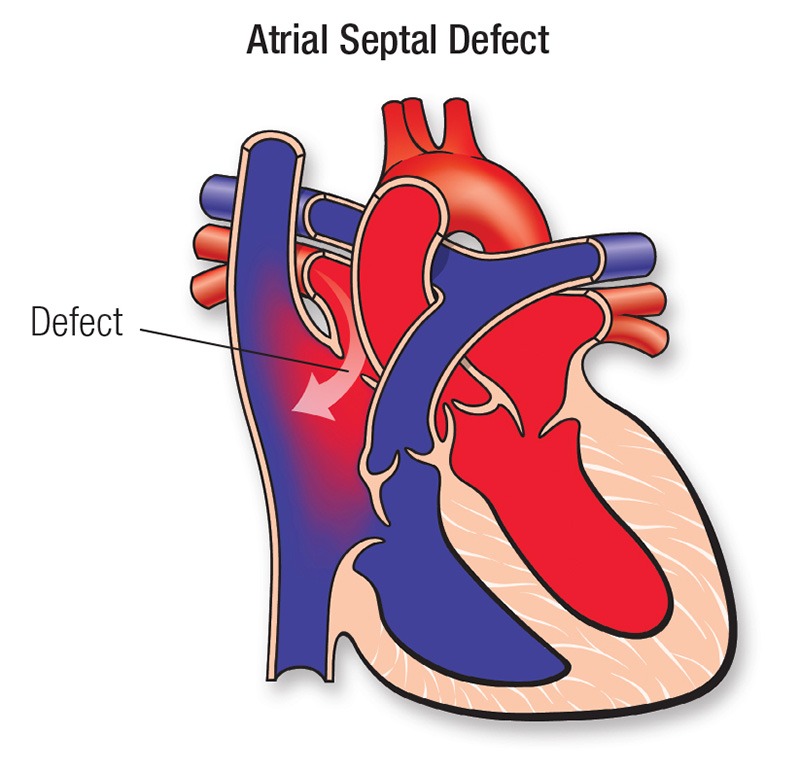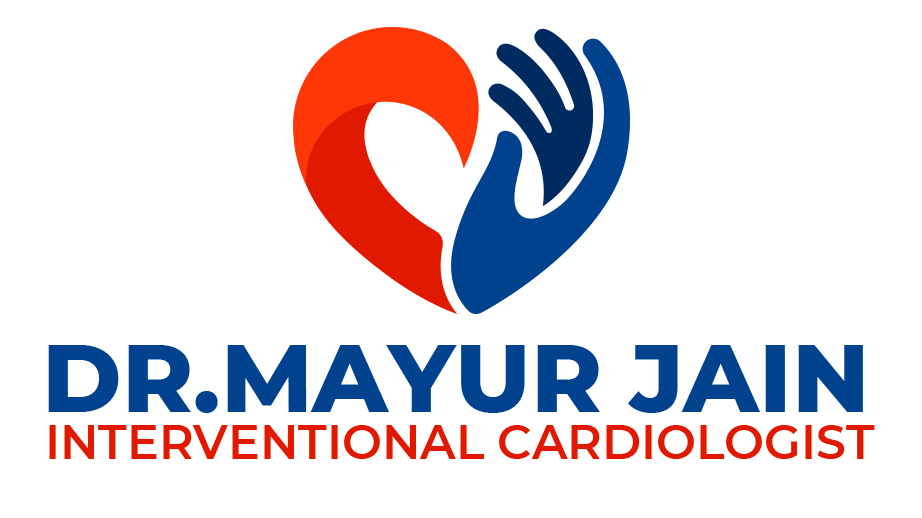Pediatric Device Closure

A pacemaker is a small, battery operated device. Cardiologist implants pacemaker in the chest to manage or control irregular heartbeats or abnormal heart rhythms. Pacemaker is used to treat arrhythmias. In arrhythmias heart beats too fast, too slow or with irregular rhythms. It sends signal to the heart to beat at a normal rate.
There are now various grades of pacemaker
1) Single chamber/ dual chamber pacemaker
2) AICD
3) CRT-D
Various diseases like holes in the heart can now be treated with device through a small tube in groin and don’t require major cardiac surgery.
These include
1) ASD
2) VSD
3) PDA
Atrial Septal Defect (ASD) is a type of congenital heart disease in children. The septum is the wall between the heart’s upper chambers. In ASD disease there is a hole in the septum. ASD occurs due to the non formation of baby’s wall properly during pregnancy.
In Atrial Septal Defect (ASD), blood passes from the left side of the heart to the right side of the heart and oxygenated blood mix with non oxygenated blood. Hence oxygenated blood is pumped to the lungs instead of body by heart.
Facts of Atrial Septal Defects (ASD)
- Atrial septal defects occur in 6% to 8% of all children born with congenital heart disease.
- For unknown reasons, girls have atrial septal defects twice as compared to boys.
Causes of Atrial Septal Defects (ASD)
- The heart forms during the first eight weeks of pregnancy. As heart develops, septum (wall) is created which divides heart into two parts. ASD occurs in this process when partitioning is not completed and hole remains in the atrial septum.
- Heredity is also play important role in ASD. Gene defects, chromosomes abnormalities and environmental exposure can also cause heart problems.

Symptoms of Atrial Septal Defects (ASD)
- Frequent respiratory infections
- Fatigue
- Rapid breathing
- Shortness of breath
- Poor growth
- Tiring easily while playing
Diagnosis of Atrial septal Defects (ASD)
- Chest X ray
- Electrocardiogram (ECG)
- Echocardiogram (Echo)
- Cardiac Catheterization
Atrial Septal Defects (ASD) treatment
Treatment option for ASD is depend on child’s age, size, location and severity of defect.
Very small ASDs do not need any treatment. Some children need only medicines to cure ASD. Cardiologist suggests follow up visits for observation. Cardiologist prescribes medication which includes Digoxin and Diuretics.
If ASD is not closed on its own as the child’s age increases or by medication then In this case the cardiologist recommends fixing the hole either with cardiac catheterization or heart surgery.
Pediatric Device Closure by cardiac catheterization
- Transcatheter Atrial Septal Defect (ASD) device closure is a minimally invasive solution for ASD which is as effective as open heart surgery.
- On the day of procedure, pediatric cardiologist and anesthesiologist keep child under sedation. Anesthesiologist monitors the situation continuously.
- The device is place by cardiac catheterization process. Cardiologist inserts the catheter into the heart through blood vessel at the groin.
- A pediatric Closure Device is inserted through this tube and placed properly at the location of ASD.
- In this way, the device closes the ASD from inside and stops the abnormal blood flow in the heart.
Cardiac catheterization is very safe procedure and performed by an expert Cardiologist only. Most of the children who undergo device closure of ASD spend one night in the hospital and get discharge on the next day. Child can start their daily activities after the rest of one week.
Similarly VSD which is a gap in the septum between the two ventricles of heart can be treated with a device.
Also PDA which means patent ductus arteriosus, which is a patent connection between aorta and pulmonary artery can also be treated with a device. This connection usually closes in first week after birth. But sometimes it does not and hence causes increases blood flowing to lungs. This can now be treated with a device even in infants.

